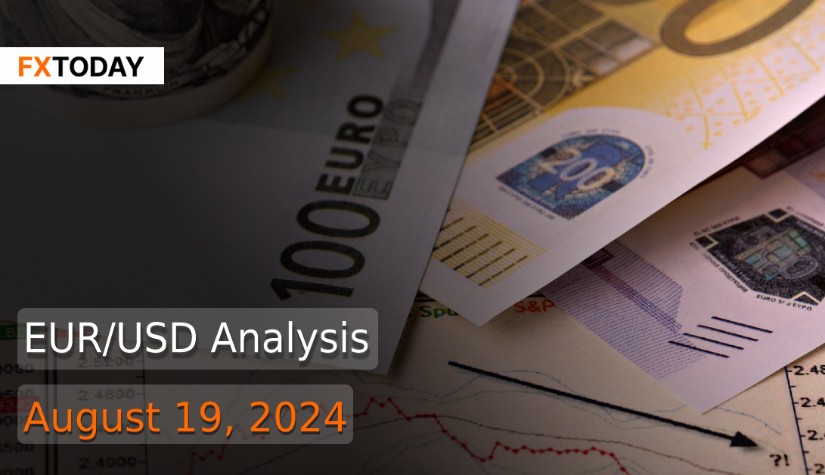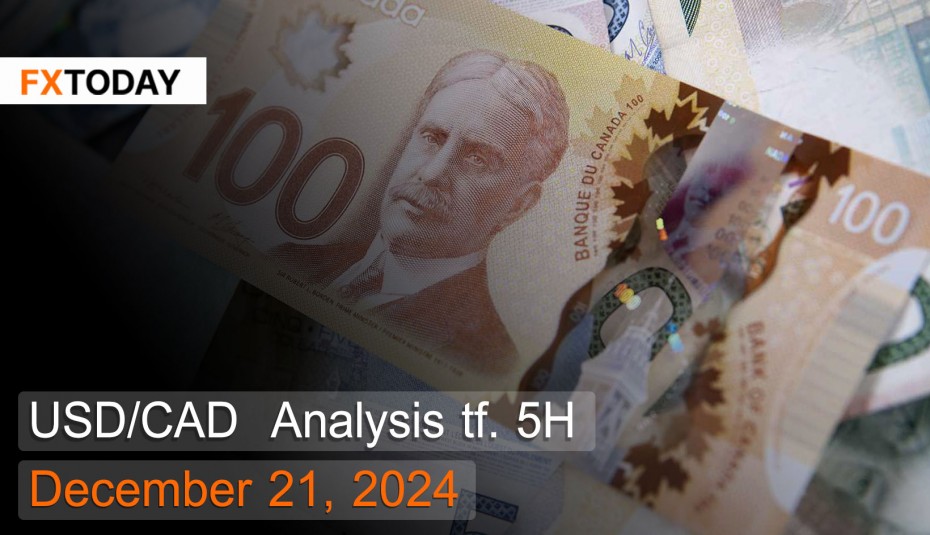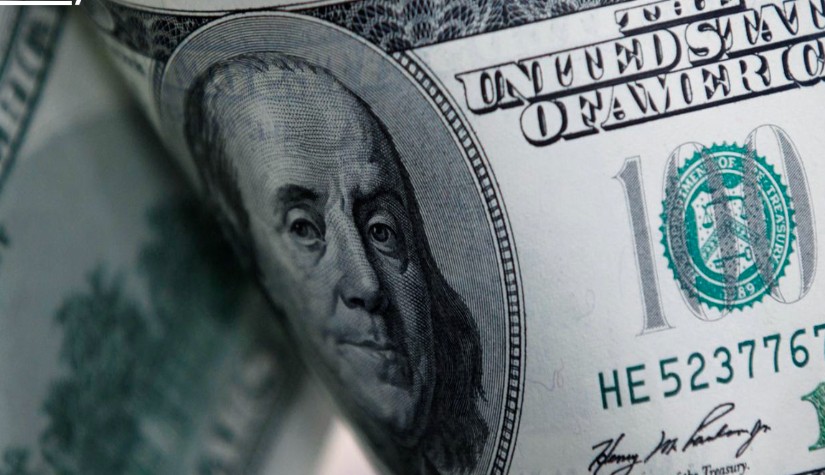ECB to Cut Rates Twice This Year Amid Inflation and Economic Concerns
The European Central Bank (ECB) is expected to reduce its deposit rate twice more this year, in September and December, according to over 80% of economists polled by Reuters, which is fewer cuts than markets anticipate. Since April, economists have consistently forecasted three total cuts for the year, including one in June, whereas interest rate futures suggest four cuts by year-end. Factors such as a surprise rise in eurozone inflation in July, low unemployment, and steady economic activity are reasons for the ECB's cautious approach.
However, the ECB is forecasted to reduce the deposit rate four times next year, reaching 2.25% by end-2025. The eurozone economy, predicted to grow 0.3% last quarter, is expected to average 0.7% growth this year, before expanding by 1.3% in 2025 and 1.4% in 2026.
Eurozone inflation rose to 2.6% in July from 2.5% in June and is projected to average 2.4% this year, not reaching the ECB's 2% target until the second half of 2025. This outlook is slightly more optimistic than the ECB's June projections, but there are concerns that the central bank's September projections may worsen.
Meanwhile, an ECB inspection found that some top eurozone banks might be inflating commercial real estate values, obscuring loan deterioration in a struggling sector. Higher borrowing costs and weak demand have caused a sharp decline in property prices. ECB inspectors noted issues in how banks conduct valuations, sometimes using outdated data or inappropriate market value definitions. Banks need to base valuations on current economic conditions, not future market assumptions.
German investor sentiment worsened significantly in August, marking the sharpest decline in two years. The economic sentiment index dropped to 19.2 points from 41.8 in July, far below the forecasted 32.0 points. Analysts attributed the pessimistic outlook to uncertainties stemming from unclear monetary policies, disappointing U.S. business data, and concerns over Middle East tensions. The current economic situation in Germany also deteriorated, falling to -77.3 points from -68.9.
Germany’s coalition government recently agreed to reduce the 2025 budget deficit target from 17 billion euros to 12 billion euros. This compromise follows a lengthy negotiation process and aims to keep the budget plan on track for parliamentary approval by year-end. As part of the deal, Deutsche Bahn will receive 4.5 billion euros in equity and a 3 billion euro loan to support infrastructure improvements. The Bundestag will begin budget debates in September, with final approval expected in November.
In France, the central bank estimates the economy will grow at least 0.35% in the third quarter, aided by Olympic Games-related activities. The underlying growth is projected at 0.1%-0.2%, with an additional 0.25% boost from increased service sector activities. Visa reported a 26% rise in sales among small businesses in Paris during the Olympics' opening weekend.
Italy’s EU-harmonized consumer prices fell by 0.9% month-on-month in July but increased by 1.6% year-on-year, according to ISTAT. Core inflation, excluding fresh food and energy, was 2.4% in July.
Spain’s 12-month EU-harmonized inflation dropped to 2.9% in July from 3.6% in June, matching earlier estimates. Core inflation also decreased slightly to 2.8% from 3%.
On Friday, the dollar weakened against other currencies as traders took profits and analyzed economic data to predict the Federal Reserve's stance on interest-rate cuts. The decline in U.S. housing figures also pressured the dollar, which had gained from previous data showing reduced inflation and strong consumer spending. In July, U.S. single-family homebuilding decreased due to high mortgage rates and prices, indicating a continued market slump.
Data showed a drop in new unemployment claims to a one-month low and a significant rise in retail sales, challenging expectations of a substantial interest rate cut by the Fed next month. U.S. retail sales increased by 1.0% in July, reversing a revised 0.2% decline in June, according to the Commerce Department. This unexpected rise could reduce financial market fears of a severe economic slowdown and temper expectations for a 50 basis point interest rate cut. Instead, a quarter-point reduction is more likely, given the mild inflation increase in July.
U.S. business inventories grew moderately in June, and import prices rose slightly in July. Import prices edged up 0.1% in July after being unchanged in June, aligning with mild consumer and producer price increases.
U.S. consumer prices increased moderately in July, with annual inflation dropping below 3% for the first time in nearly 3.5 years. This supports the likelihood of a Fed interest rate cut next month. However, with rising rents and inflation still above the 2% target, a 50 basis point cut seems unlikely without further labor market deterioration.
However, U.S. consumer sentiment improved in August, influenced by developments in the presidential race. The University of Michigan's consumer sentiment index rose to 67.8 from 66.4 in July. Sentiment among Democrats increased following President Biden's withdrawal and Vice President Harris's nomination, while Republican sentiment decreased.
Markets are now focused on Fed Chairman Jerome Powell's upcoming speech at the Jackson Hole symposium, where he is expected to outline the case for gradual rate cuts, likely emphasizing 25 basis point reductions over more aggressive cuts. Powell's speech and other key economic indicators will provide further insight into the Fed's policy direction. As a result, the Euro is likely to fluctuate within a broad range and remain weaker than the dollar in the medium term due to the differing economic returns between the two regions.
Data for Technical Analysis (5Min) CFD EUR/USD
Resistance : 1.1040, 1.1041, 1.1042
Support : 1.1038, 1.1037, 1.1036
5Min Outlook
Source: TradingView
Buy/Long 1 If the support at the price range 1.1036 - 1.1038 is touched, but the support at 1.1038 cannot be broken, the TP may be set around 1.1041 and the SL around 1.1035, or up to the risk appetite.
Buy/Long 2 If the resistance can be broken at the price range of 1.1040 - 1.1042, TP may be set around 1.1044 and SL around 1.1037, or up to the risk appetite.
Sell/Short 1 If the resistance at the price range 1.1040 - 1.1042 is touched, but the resistance at 1.1040 cannot be broken, the TP may be set around 1.1037 and the SL around 1.1043, or up to the risk appetite.
Sell/Short 2 If the support can be broken at the price range of 1.1036 - 1.1038, TP may be set around 1.1034 and SL around 1.1041, or up to the risk appetite.
Pivot Points Aug 19, 2024 03:43AM GMT
|
Name
|
S3
|
S2
|
S1
|
Pivot Points
|
R1
|
R2
|
R3
|
|---|---|---|---|---|---|---|---|
| Classic | 1.1034 | 1.1036 | 1.1037 | 1.1039 | 1.1041 | 1.1042 | 1.1044 |
| Fibonacci | 1.1036 | 1.1037 | 1.1038 | 1.1039 | 1.104 | 1.1041 | 1.1042 |
| Camarilla | 1.1039 | 1.1039 | 1.1039 | 1.1039 | 1.104 | 1.104 | 1.104 |
| Woodie's | 1.1034 | 1.1036 | 1.1037 | 1.1039 | 1.1041 | 1.1042 | 1.1044 |
| DeMark's | - | - | 1.1038 | 1.1039 | 1.1042 | - | - |
Sources: Investing 1, Investing 2
















